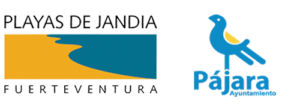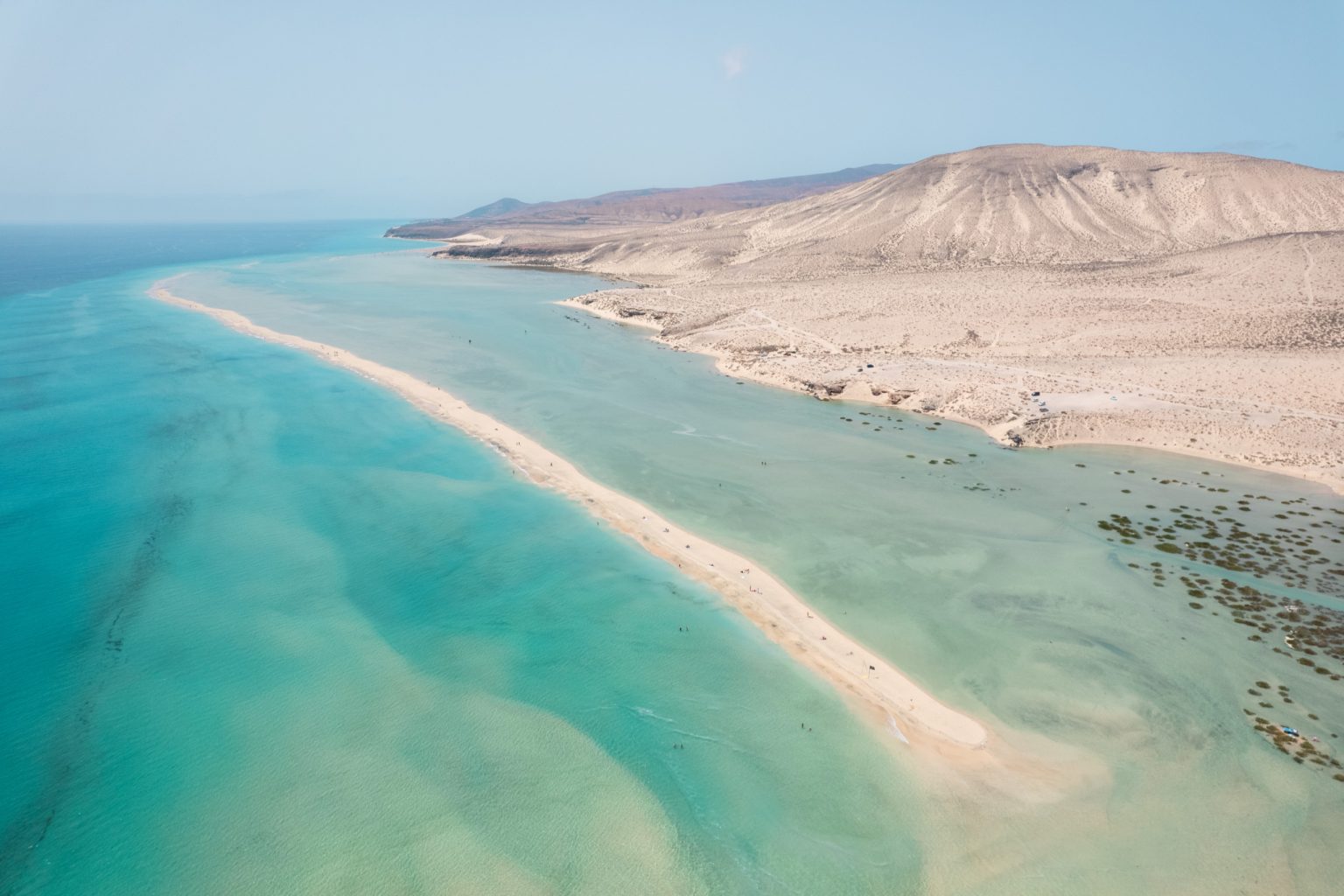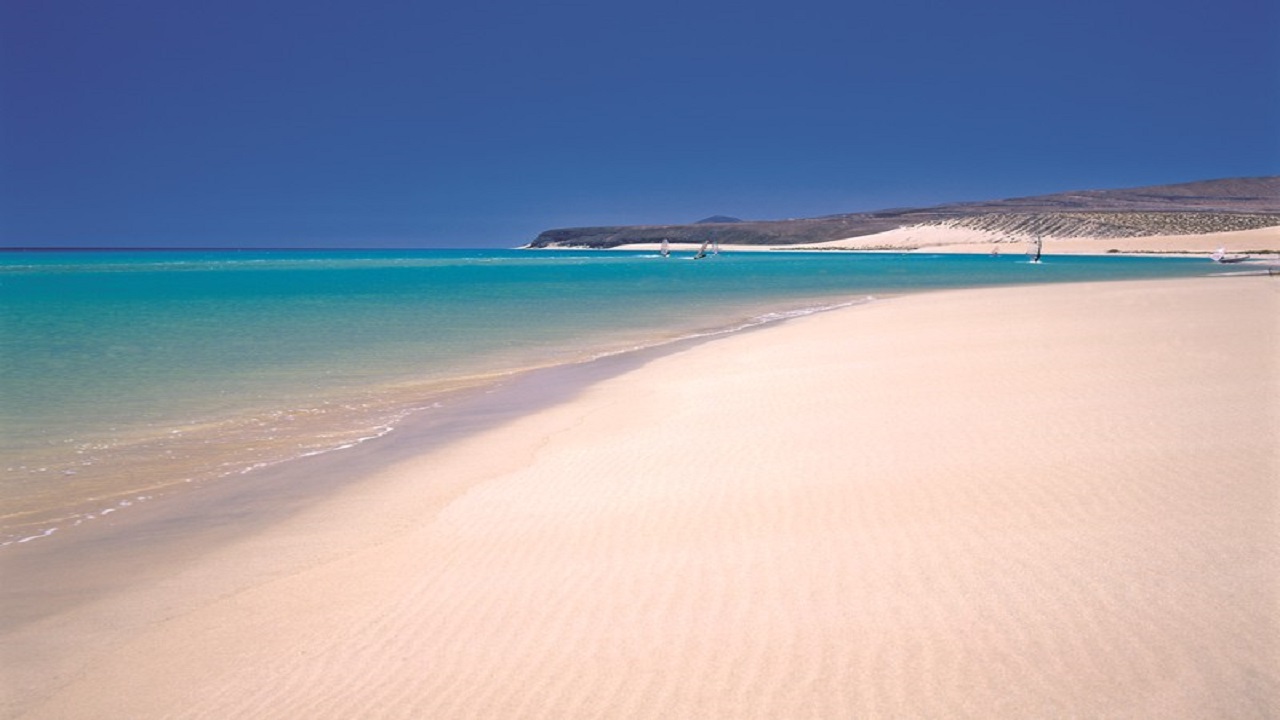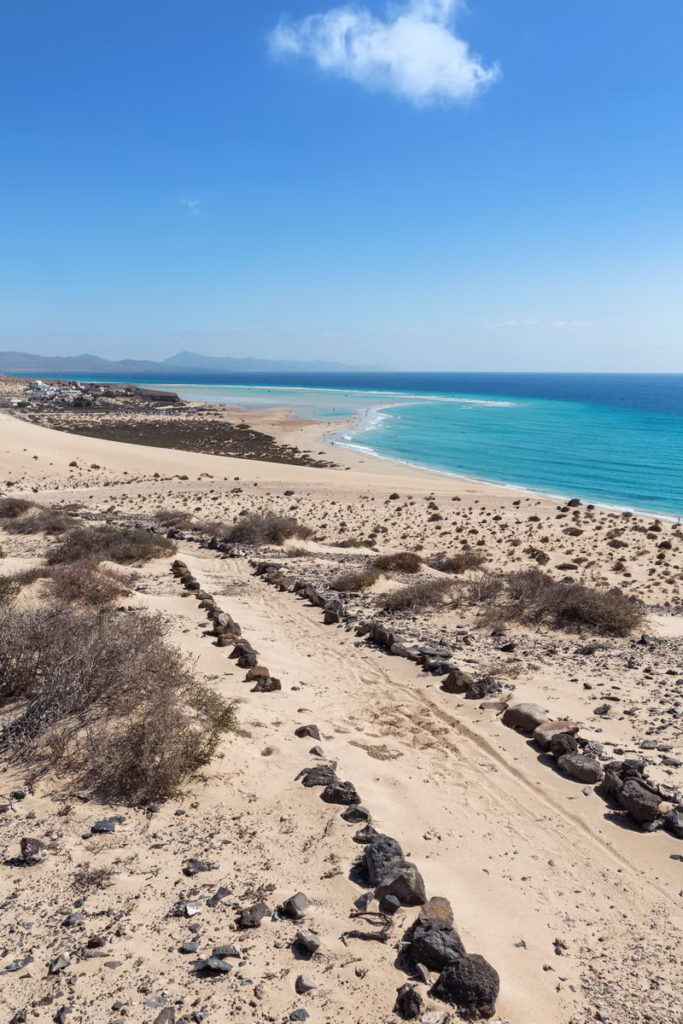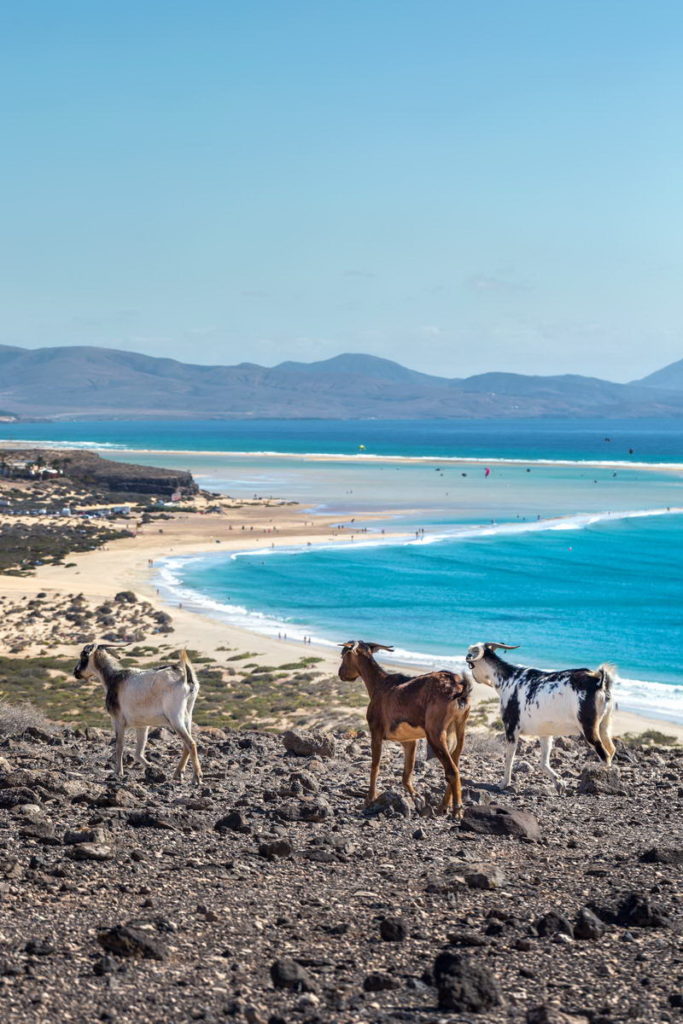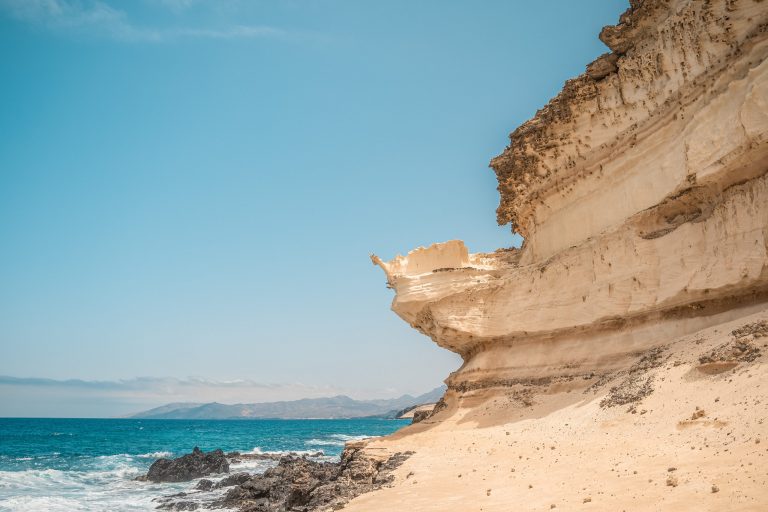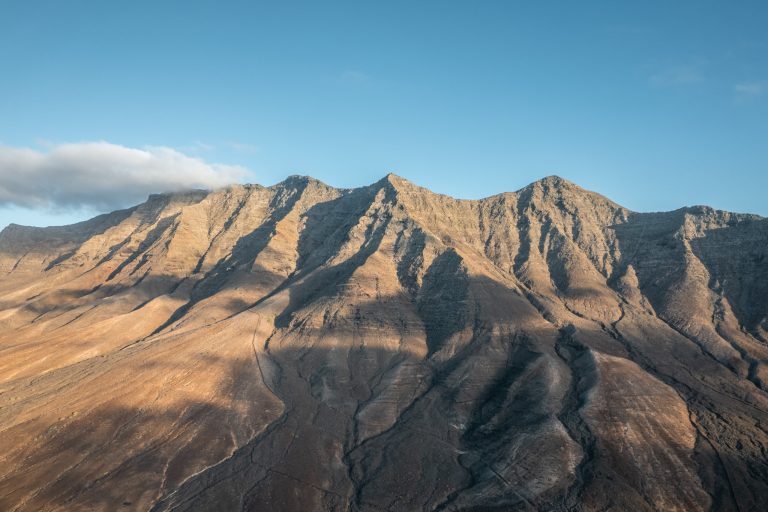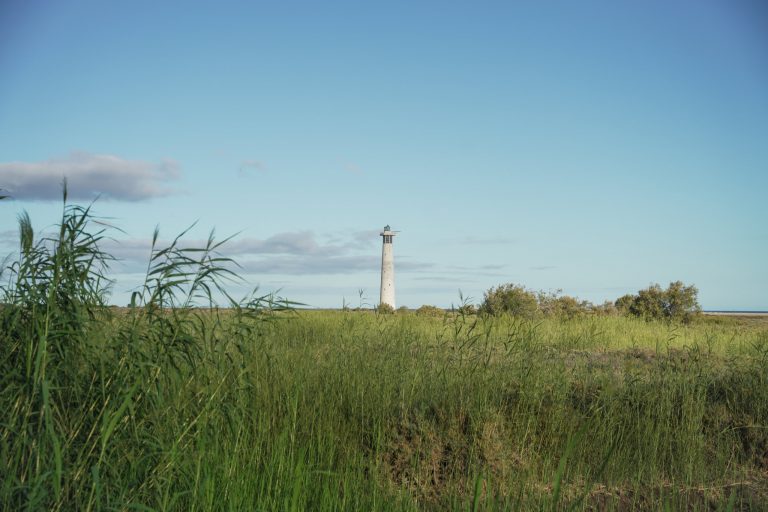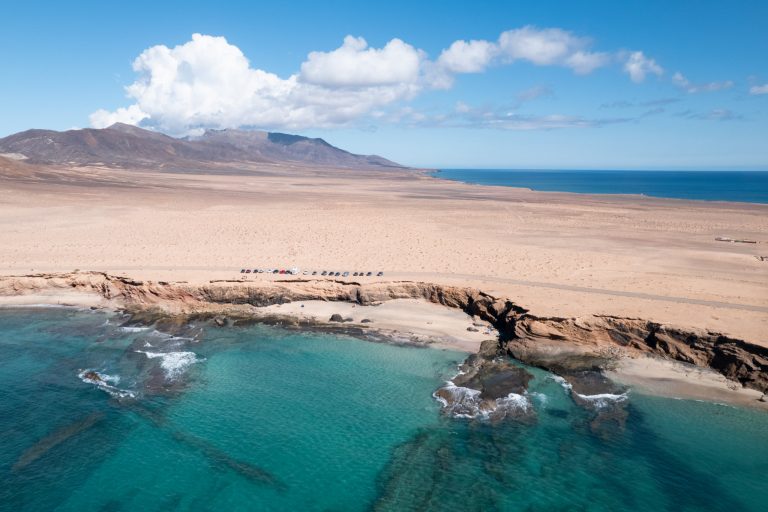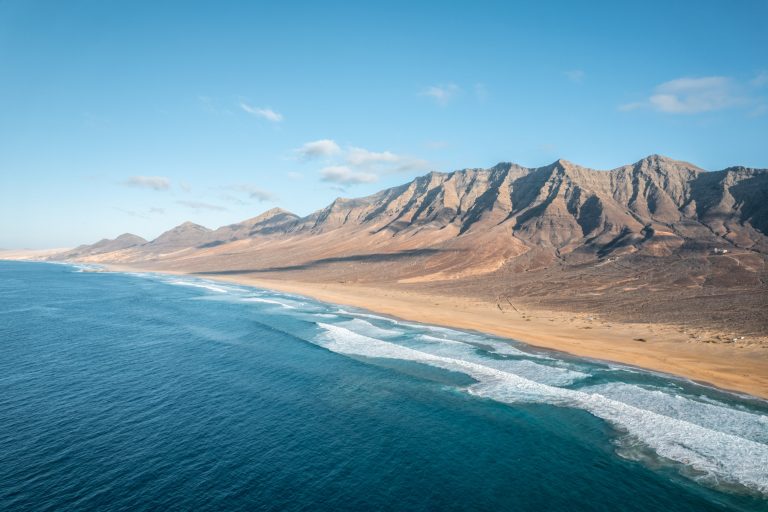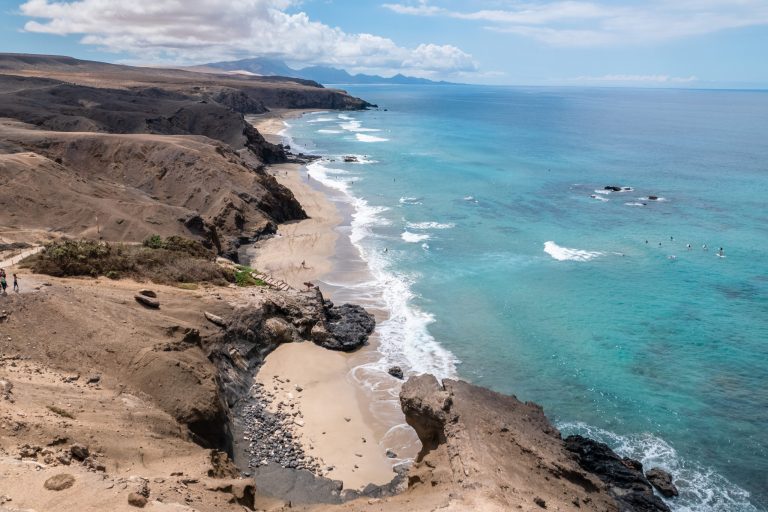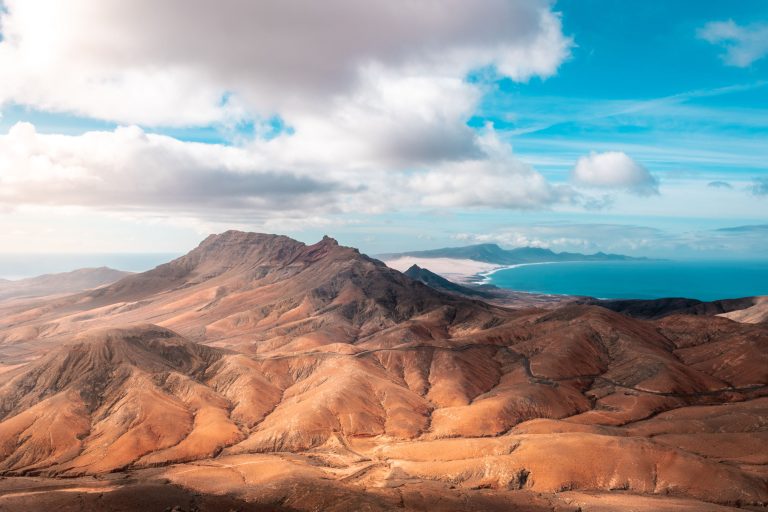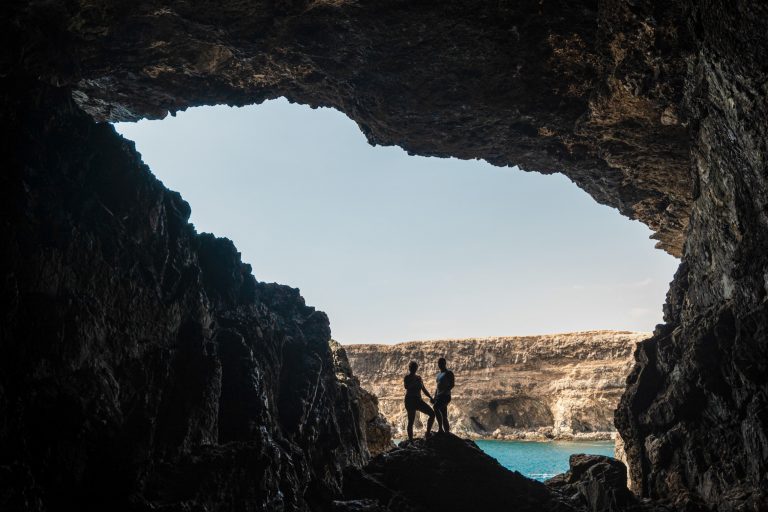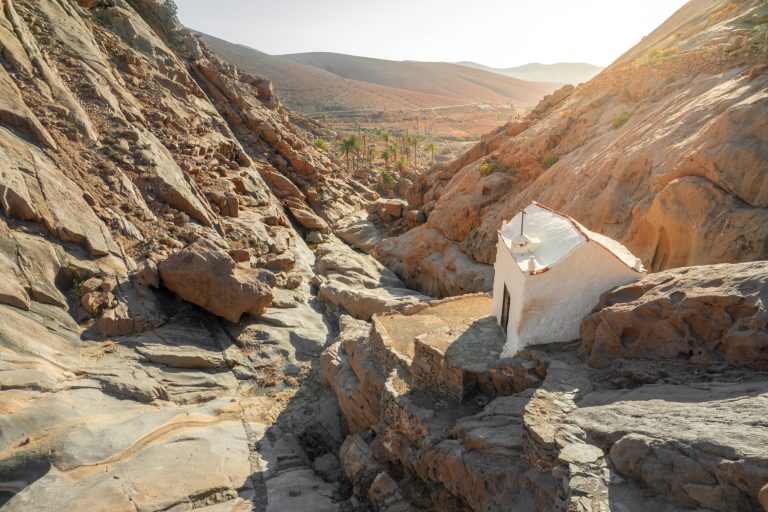Pass Crag
The route begins at the Risco del Paso car park, a small urbanization and windsurfing area that is reached by a road, unpaved in its last kilometers, but whose entrance is perfectly signposted at the access roundabout from the main road. To undertake it according to the path that we propose, it is essential to choose moments with low tide , otherwise the section closest to the sea will be covered by the waters. In that case, you can only go and return along the same shore instead of making a circular route.
We border one of the main inland rivers that drain the lagoon, parallel to the coastline. Along the way we will find a very unique vegetation . With the help of binoculars we will be able to identify seagulls of various species, terns, egrets and even some spoonbills, birds that it is very important not to disturb .
Circle Route
It involves crossing the inland lake and reaching the sea and from there going around the lagoon walking along the beach towards the lifeguard watchtower installed in front of the Los Gorriones hotel. From there we will head towards the hotel complex and, without entering it, we will return to the south along the open path right on the edge of the lacustrine waters, in the direction of the car park again.
If we feel like it, to the southwest of Risco del Paso we find two large linear dunes, currently very small in size, between which salt marsh areas are interspersed.
The first section of the route runs in front of the wide sand platform that goes into the sea and is covered by water during high tide. This is the best area to see waders. In the parts closest to land of the wide marsh, extensive salt marshes develop where herons and spoonbills usually take refuge.
Protected Space
It is important to remember at all times that, despite surfers and tourists, this space has been declared a Special Conservation Area (ZEC), a figure contained in the Natura 2000 Network whose purpose is to ensure the long-term survival of species and natural habitats. threatened in Europe, helping to stop the loss of biodiversity caused by the adverse impact of human activities.
Disturbing birds by scaring them away or with unleashed dogs is prohibited . Many of them are migratory species that have made very long journeys to get here to rest, and whose survival can be seriously endangered by the stress of our disturbances. Others are nesting and make their nests in the sand.
Never go off the marked route and avoid scaring the animals at all times.
10m
2 hours 10 minutes
7.5 km.
